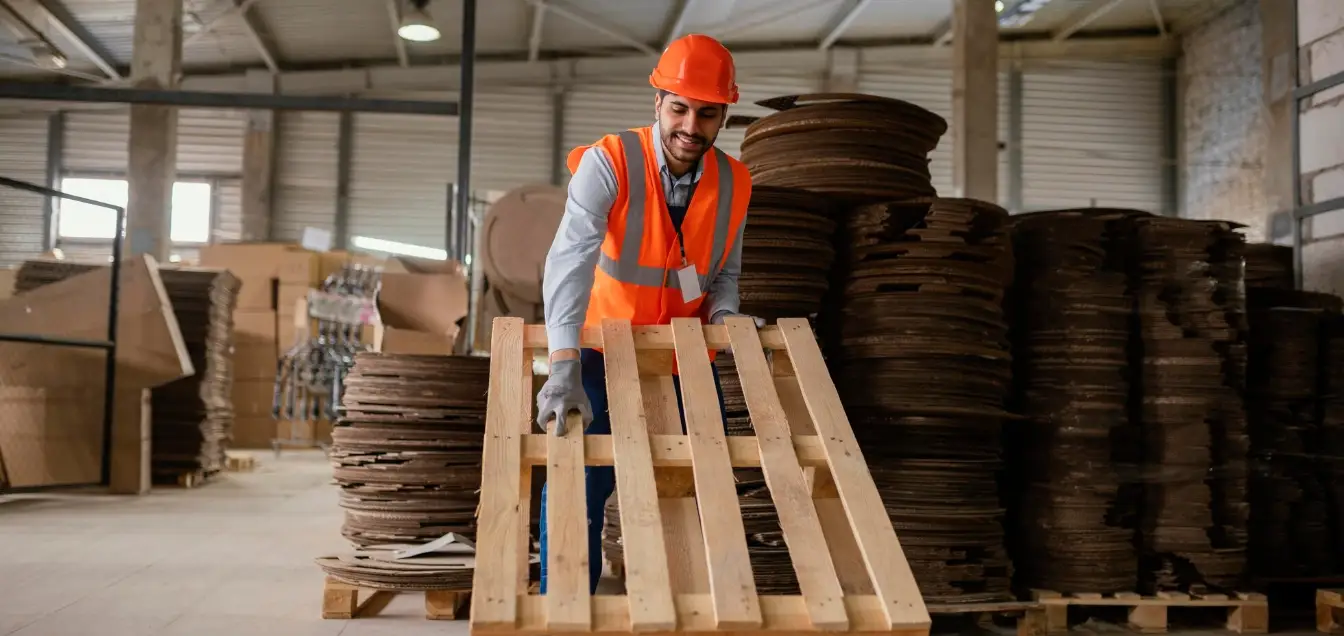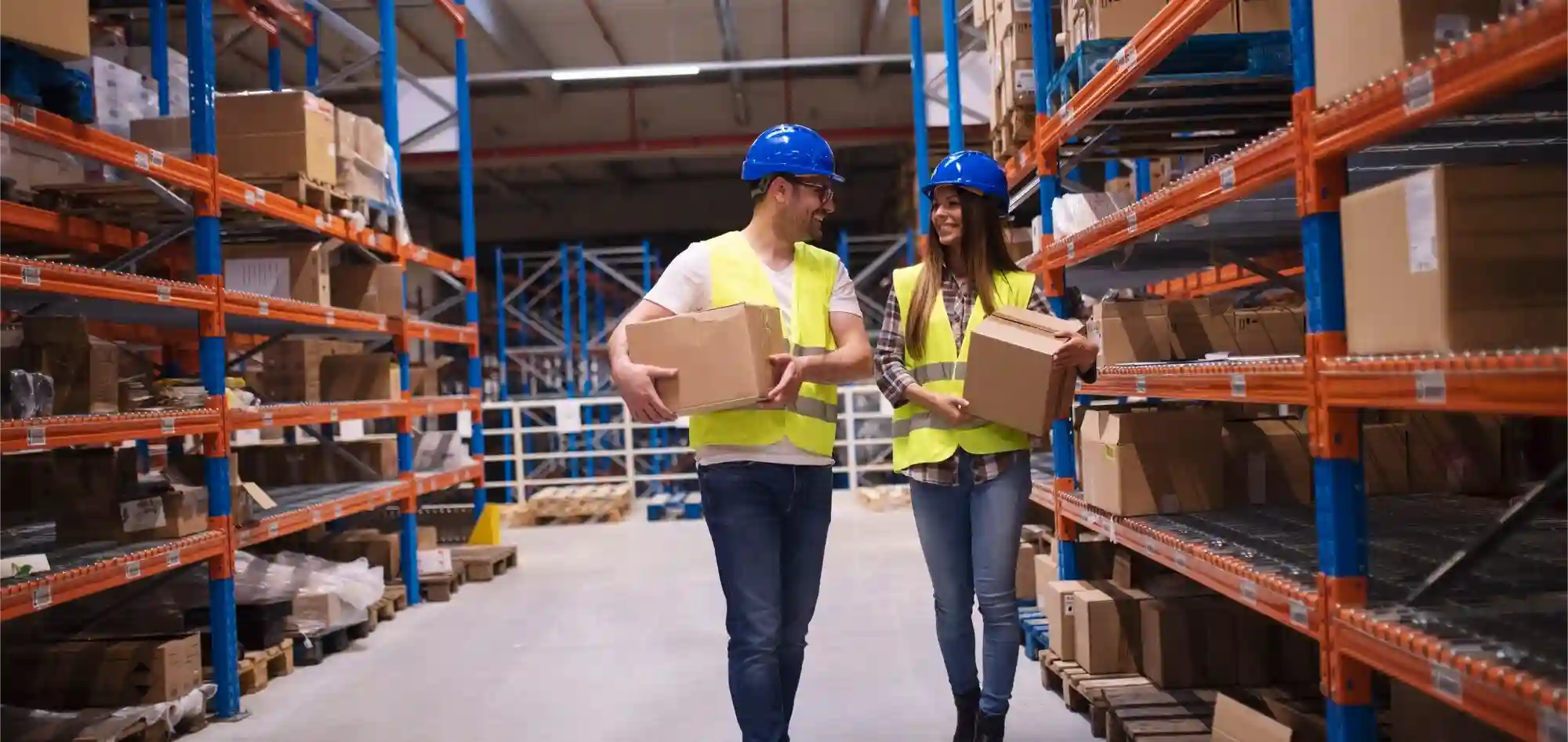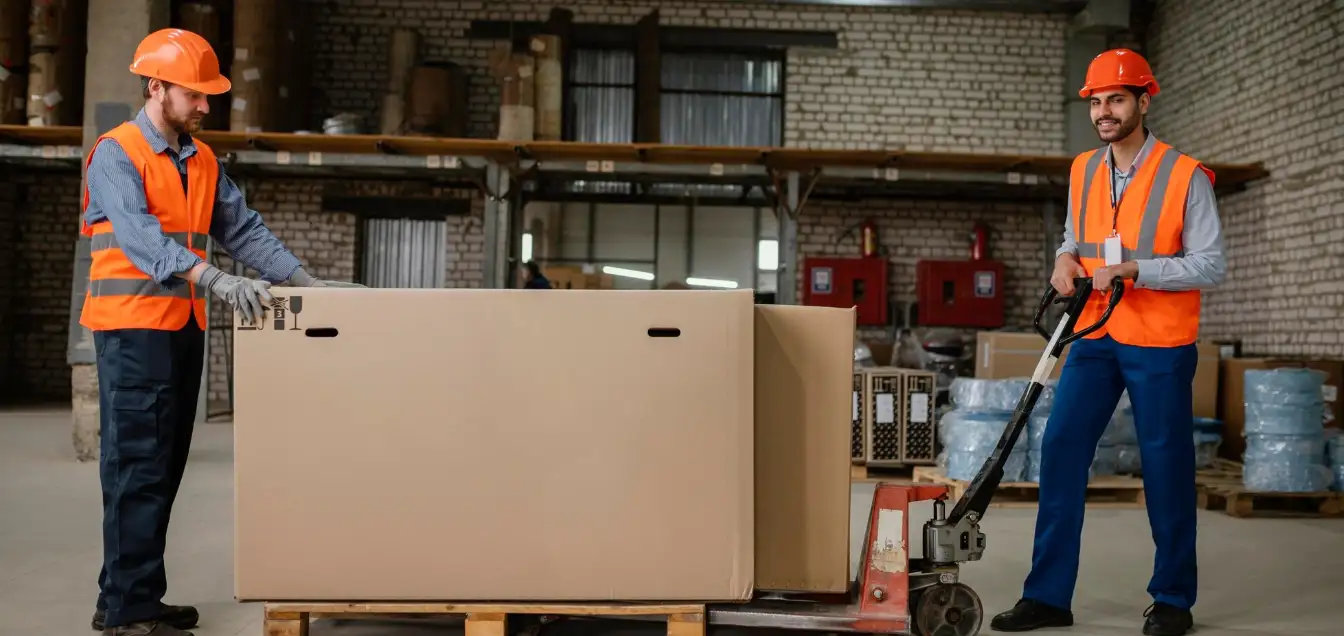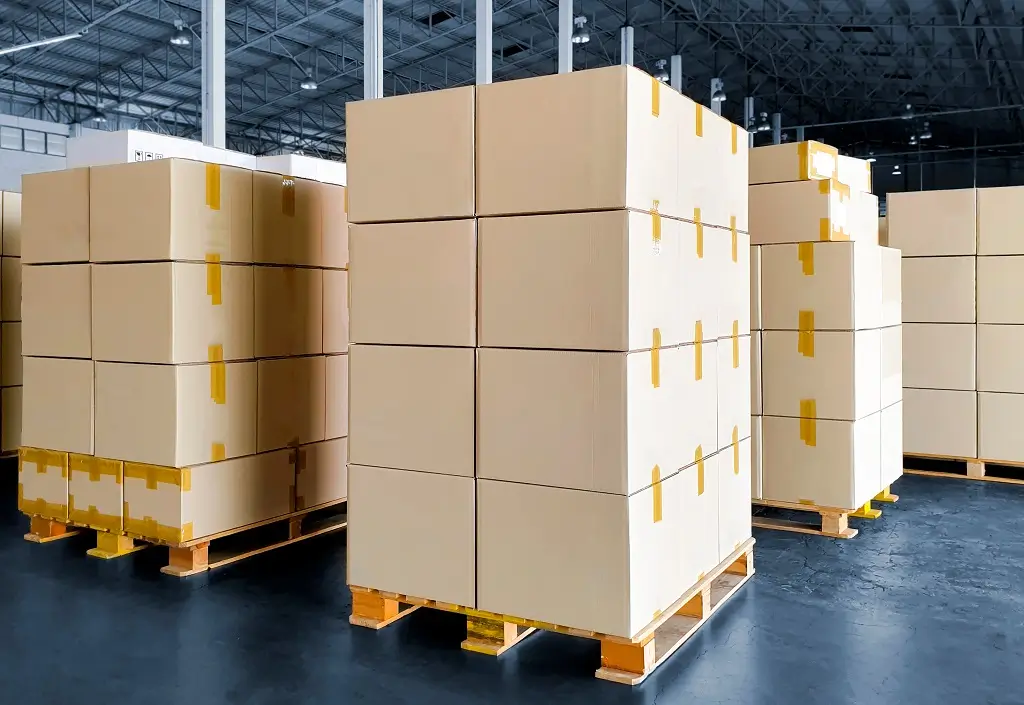In 2025, the logistics industry is undergoing rapid changes, focusing more on efficiency and optimization in operations. Among the various strategies, palletization and its importance stand out as a critical component for improving supply chain effectiveness. As businesses face heightened customer expectations and increasing competition, a deeper understanding of palletization becomes paramount in enhancing operational logistics, especially within the realm of third-party logistics (3PL).
Palletization involves stacking products onto standardized pallets to simplify storage, handling, and transportation. When utilized effectively, it not only streamlines operations but also reduces costs and risks associated with product damage. This article delves into the nuanced world of palletization and its importance, particularly in the context of 3PL logistics in Canada in 2025.
Table of Contents
Understanding Palletization

Palletization is the process that facilitates the grouping of products into manageable units. By utilizing pallets—flat structures made of wood, plastic, or metal—businesses can transport larger quantities of goods more efficiently. The fundamental concept behind palletization and its importance is rooted in optimizing space and minimizing handling time, ultimately leading to faster delivery times and reduced operational costs.
Importance of Palletizing
The importance of palletizing cannot be overstated when it comes to logistics. According to industry studies, businesses can experience a 25% increase in shipping efficiency simply by using palletized methods of transport. By stacking goods securely on pallets, companies can reduce empty space in transport vehicles and storage facilities, maximizing every square foot utilized.
Additionally, palletizing minimizes the risk of product damage during transit. Items transported in bulk are more susceptible to shifting and damage. By securing items on pallets, the likelihood of product loss is significantly reduced, thus protecting the bottom line. Palletization and its importance lie in its ability to enhance stability and ease of handling, ensuring products remain intact throughout the shipping process while also facilitating more efficient loading and unloading operations.
The Importance of Pallets and Palletizing
When discussing the importance of pallets and palletizing, it’s critical to recognize the vital role these tools play in logistics. Advanced warehouse management systems (WMS) are now able to integrate with palletization, enabling real-time tracking and automated inventory management. This not only improves accuracy but also drastically enhances productivity. An illustration of this can be seen in a major Canadian grocery chain that reported a 40% reduction in labor costs in their warehousing operations due to effective palletization techniques.
Year | Efficiency Increase | Cost Savings |
2021 | 20% | $150,000 |
2022 | 25% | $200,000 |
2023 | 30% | $250,000 |
2024 | 35% | $300,000 |
2025 | 40% (Projected) | $350,000 |
Table 1: Efficiency and Cost Savings Through Palletization Over the Years
3PL Logistics in Canada
The logistics sector is pivotal for Canada’s economy, with 3PL logistics in Canada evolving to incorporate more sophisticated methods, including advanced palletization strategies. Palletization and its importance are underscored as a growing number of businesses tap into the expertise of 3PL providers; the adoption of palletization ensures timely shipping and efficient warehousing. These providers can respond more rapidly to market demands, making them essential players in the logistics chain.
For instance, companies specializing in e-commerce have increasingly turned to 3PL warehouse services in Canada to manage inventory more efficiently. Such partnerships allow e-commerce businesses to focus on marketing and sales while relying on 3PL providers to handle logistics, benefitting from the advantages that effective palletizing offers.
What is 3PL?

Grasping the concept of “what is 3PL” is crucial for modern businesses aiming to improve their supply chain operations. Third-party logistics refers to the outsourcing of logistics operations, including warehousing, transportation, and inventory management, to third-party service providers.
By leveraging palletization and its importance, 3PL providers can deliver improved service levels, flexibility, and cost savings. For example, a Canadian electronics retailer transitioning to a 3PL provider saw a 35% decrease in shipping costs due to streamlined palletization and distribution practices.
3PL Warehouse Services in Canada
The growth of Canadian 3PL warehouse services has been remarkable. Many companies now offer specialized services that emphasize the importance of pallets and palletizing. These services include:
- Inventory Management: Keeping track of stock levels and ensuring accurate accounting.
- Order Fulfillment: Processing orders efficiently to ensure customer satisfaction.
- Transportation Management: Coordinating deliveries and optimizing shipping routes.
Such services allow businesses to focus on their core competencies while benefiting from the efficiency brought about by palletization and other technology-forward methods. Palletization and its importance are evident in how they streamline logistics, reduce handling time, and enhance product safety, ultimately contributing to a smoother operational flow.
Transloading in Canada
Transloading in Canada refers to transferring goods from one mode of transportation to another, often utilizing pallets for greater efficiency. This strategy significantly benefits companies that ship goods nationally or internationally, as it offers flexibility in their supply chain.
By incorporating palletization in transloading activities, businesses can ensure that products remain secure during the transfer process, reducing the risk of loss or damage and enhancing overall operational performance. Palletization and its importance are underscored by the increased safety and efficiency it brings, allowing for smoother transitions and better handling of goods throughout the supply chain.
What is Stock Storage?
Understanding “what is stock storage” is vital for businesses managing inventory. It refers to the processes and systems used to store goods until they are ready for shipment or sale. Palletization and its importance play a significant role in optimizing stock storage, as palletized goods can be stacked higher and organized more efficiently in warehouses. Ultimately, employing palletization strategies contributes to better stock management and quicker retrieval times.
Choosing the Right 3PL Provider
When choosing the right 3PL provider, it’s crucial to assess their proficiency in palletizing methods. Businesses should seek providers that demonstrate experience in integrating palletization practices into their logistics operations. This integration can lead to substantial improvements in service speed, cost efficiency, and overall customer satisfaction.
For instance, several Canadian 3PL companies have reported improved overall performance after modifying their palletization strategies to better align with technological advancements. Moreover, the benefits of working with Canadian 3PL companies include local industry knowledge, streamlined logistics processes, and a strong focus on customer service, which together enhance operational efficiency and responsiveness.
Top 5 Industries Using 3PL Services
Numerous industries benefit significantly from 3PL services and the effective use of palletization techniques:
- Retail: E-commerce giants like Amazon utilize advanced palletization methods to manage large volumes.
- Manufacturing: Factories and manufacturers depend on efficient logistics to streamline production and delivery timelines.
- E-commerce: Online retailers rely on 3PL services to manage inventory and fulfill customer orders efficiently.
- Food and Beverage: Companies in this sector require strict adherence to safety protocols, easily achieved with proper palletizing.
- Healthcare: The healthcare industry relies on 3PL services to ensure timely delivery of medical supplies and equipment, maintaining strict regulations while benefiting from efficient palletization.
Case Study: The Impact of Palletization

A notable case involves a Canadian apparel company that implemented palletization strategies over a two-year period. Prior to implementation, their shipping process was fraught with delays and high labor costs.
After transitioning to a palletized system, they experienced a 30% increase in shipping efficiency, alongside a 20% reduction in handling costs. Palletization and its importance are clearly reflected in this case study, illustrating how strategic investments can lead to meaningful improvements in logistics operations and overall productivity.
Conclusion
Understanding palletization and its importance equips businesses with the knowledge needed to thrive in a changing logistics environment. As we approach 2025, the need to adopt and optimize palletization strategies remains paramount. By doing so, companies can enhance their logistical frameworks, drive cost efficiencies, and better meet customer demands.





